Recent HR Trends 2025: Transforming the Future of Workplace Strategies
Empxtrack
SEPTEMBER 3, 2024
Mega Data Analytics for Better People Management Decisions Another HR trend shaping the future of HR is mega data analytics. This will significantly influence HR by offering data driven insights into workforce trends and employee behavior. Thus, helping in proactively managing talent acquisition and reducing time-to-hire.
































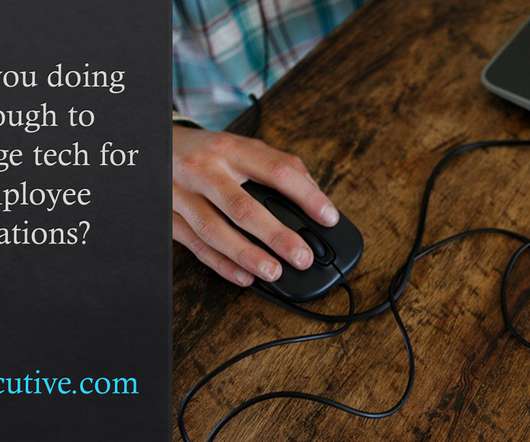
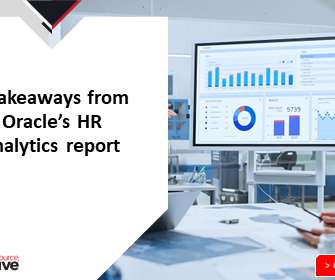
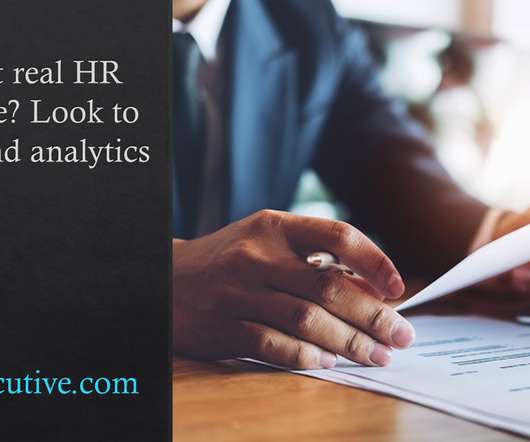
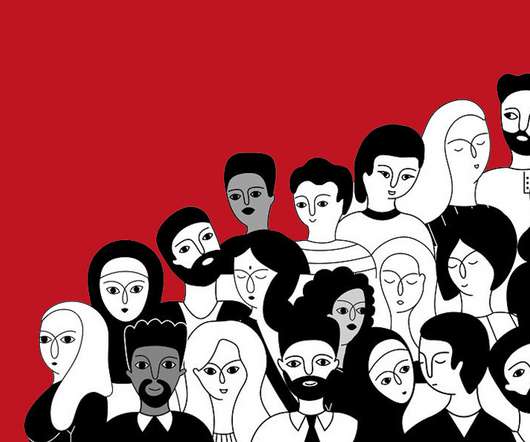




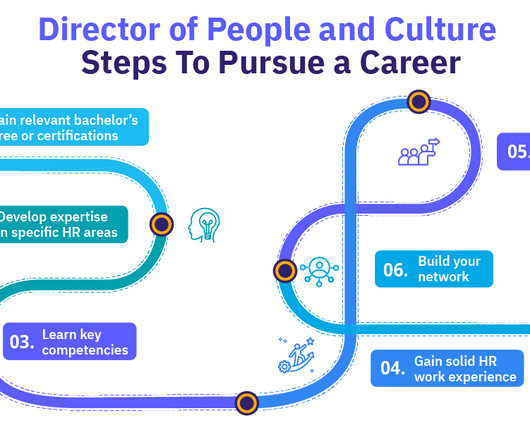

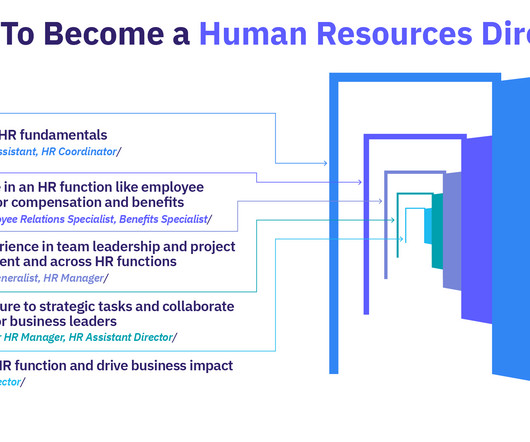
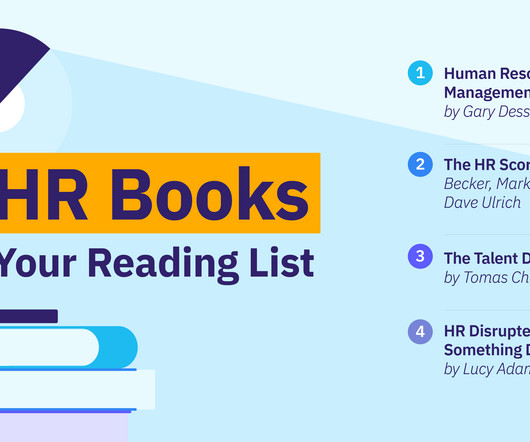











Let's personalize your content